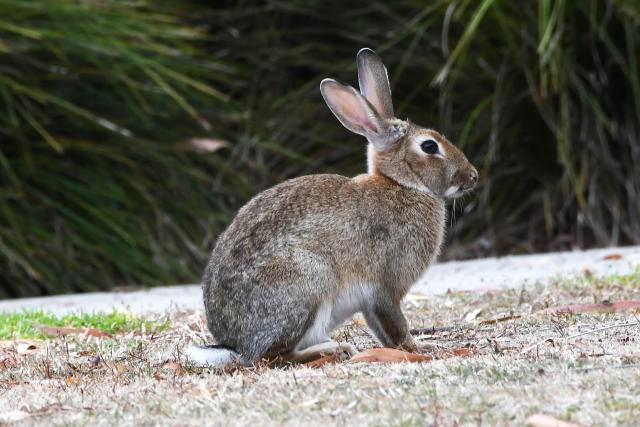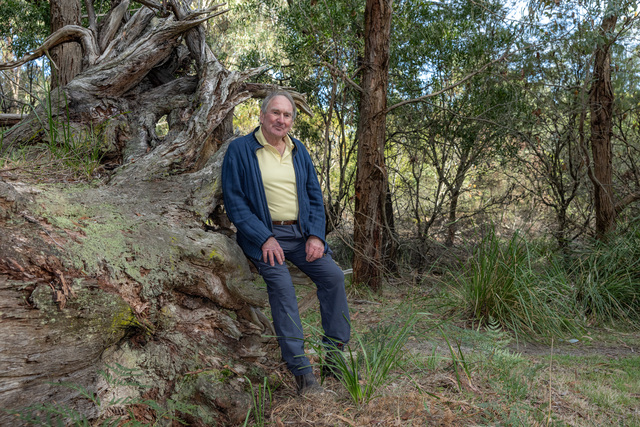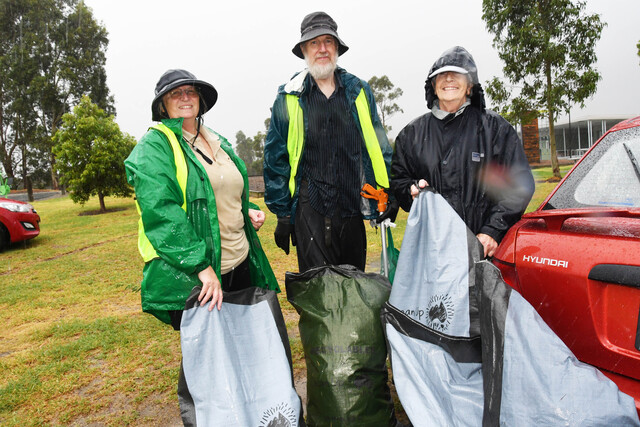A pest management strategy for the City of Casey is in the works, after calls for its development were unanimously passed during the September 16 council meeting.
This issue is not new, however, with residents speaking to Star News in February 2024 and as recently as August 2025, about the rampant issues that pests, specifically rabbits, have caused in the southern fringes of Casey.
Cranbourne Gardens Ward councillor, Michelle Crowther, introduced the additional motion and began by saying that over the last 12 months, she had heard from a number of residents “in southern Casey who have been impacted by the increasing rabbit numbers”.
“From the residents who are constantly replacing their gardens after rabbits have feasted on them, to the farmers whose paddocks and veggie farms are being severely damaged by rabbit holes and warrens,” she said.
She also spoke about natural environments with rabbits causing soil erosion and placing additional pressure on local endangered species, such as the Southern Brown Bandicoot.
Rabbits, while prominent, aren’t the only concern; Cr Crowther called for a report to return to council that outlines the pests “we should be addressing”.
“Whether it’s rabbits, foxes, cats, to give some baseline data and outline the areas of Casey impacted by these pests, plus a clear action plan of how to address the issue both long term and short term,” she said.
Moving forward, the report is due to be brought back to the council in February 2026 with an interim pest animal action plan, one with a focus on the current outbreak of rabbits in Southern Casey.
Those discussions will also look to outline a scope of work for a Casey-Wide Pest Management Strategy.
This includes the identification of the significant pests impacting Casey and the scope of the strategy, an engagement plan to seek input from other councils, stakeholders and land managers, and a plan to engage with and seek funding from stakeholders; this includes both State and Federal Governments.
Cr Dave Perry initially questioned the clarity of Cr Crowther’s proposed plan on covering the entirety of Casey, with the latter party later confirming that while Casey as a whole should be addressed by the plan, a greater emphasis on quick and immediate action was needed for the southern areas of the city.
Tooradin Ward councillor Jennifer Dizon seconded the motion, and she spoke on similar issues being raised in her ward, citing them as a “real problem”.
Speaking to the Tooradin Foreshore Committee, she said that the group have “raised serious concerns” about the issue, and “as cute as rabbits are… they’re not good when it comes to damaging the foreshore, the farms, parks, and natural environments”.
“I’ve been in regular contact with council officers on this, and they’ve confirmed extra rabbit control works are planned for Devon Meadows, Pearcedale, Cannons Creek and Tooradin.
“They’ve also made it clear that a broader view of pest management across Casey is a main priority,” she said.
Covered by the Cranbourne Star News in 2024, it was recorded then that Botanic Ridge residents have been urging the council to solve a local rabbit plague after years of what was described as exhausting and futile battles with the species.
Richard Francis, president of the Vertebrate Pest Management Association of Australia, and a zoologist, said to Star that, as someone who works to remove rabbits in the Casey area, with 100 removed at the time of speaking, “you can’t tell the difference”.
Botanic Ridge resident Merv McCormack said that the area was crawling with rabbits in the early mornings and sunsets.
“They’re eating our roses, thorns and all. They’ve ruined a couple of my garden beds; we’ve had to take extra caution to put barricades around our gates,” he told Star.
He further added that through a combination of productive agricultural land and the sand dune systems around Cranbourne and Botanic Ridge, it heavily contributed to ideal conditions for rabbits to breed.
At the same time, a year later, a Junction Village resident, Marc Noyce, also told Star that the development and subdivision in the area caused rabbits to be forced out of their natural habitat.
As a consequence, Noyce, despite lining his garden beds and front yards with small fences, many of them were tilted, evidence he said of the rabbits’ persistent attempts to push their way through to the plants.
“The thing with rabbits is they’re very habitual, so once one finds something that tastes good, they will keep going back to that same spot until it’s not there anymore,” he told Star.
Back in the council meeting, other councillors weighed in on the issue, such as Deputy Mayor Melinda Ambros, who spoke about the prominence of damage that rabbits do to sporting facilities and grounds in her ward.
She added that rabbits have dug holes sometimes as deep as 20cm, causing children and other users of fields to trip and injure themselves.
“It’s not just impacting the surfaces, it’s also impacting residents, and they’re fed up,” she said.
Another item to be discussed again in February 2026 is the preparation of a cost estimate for the engagement of a consultant to prepare the strategy, and for it to be referred to the mid-year budget review process in December.







